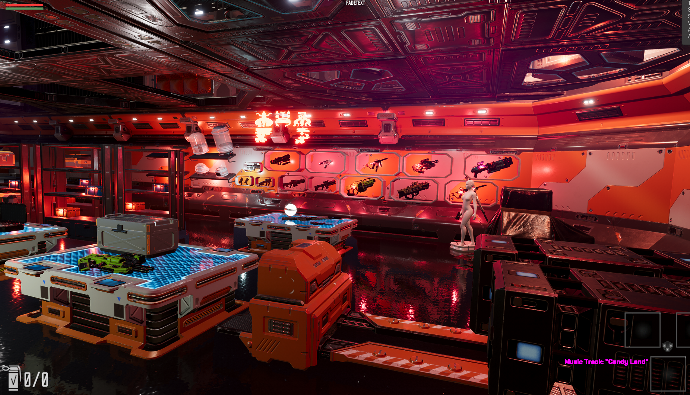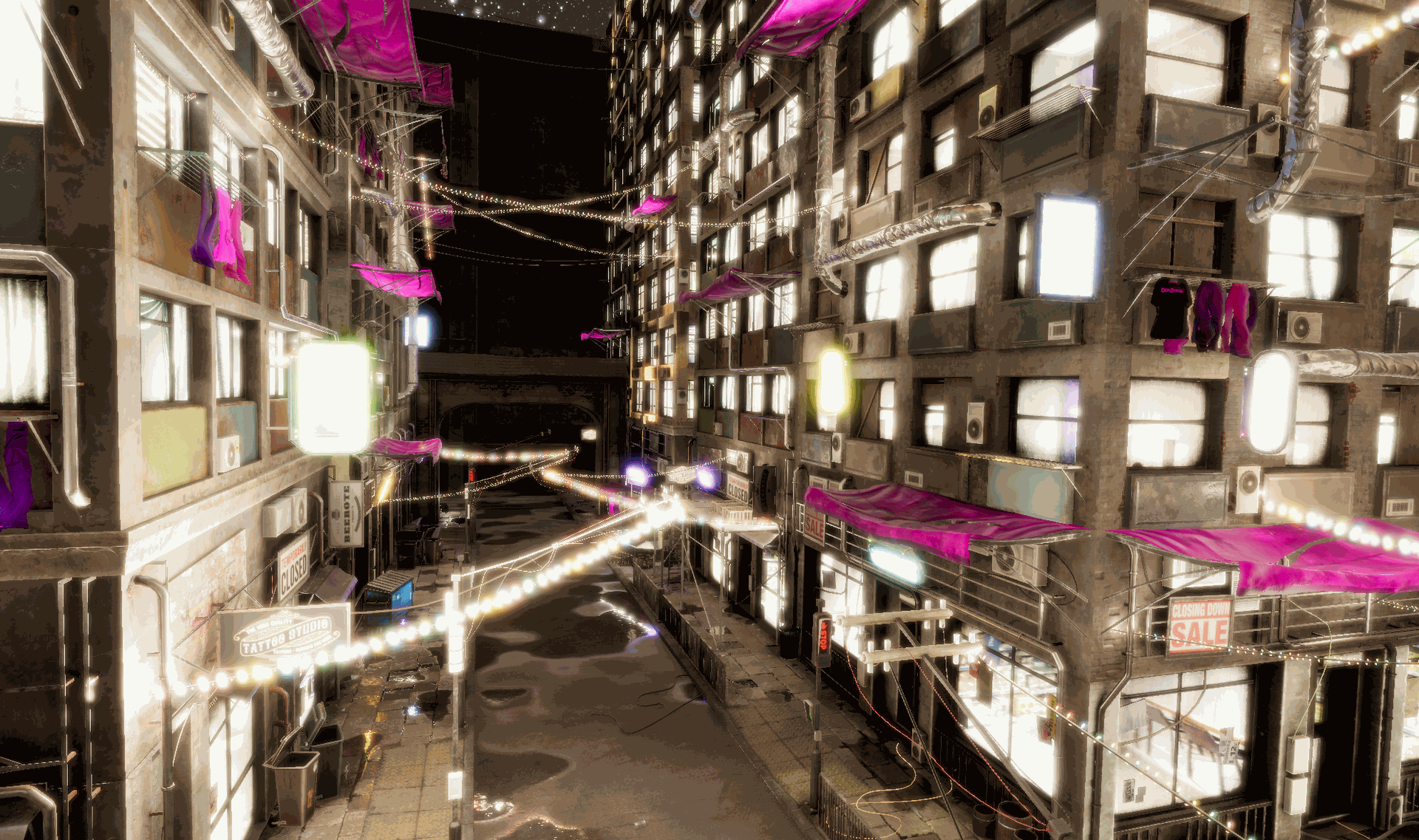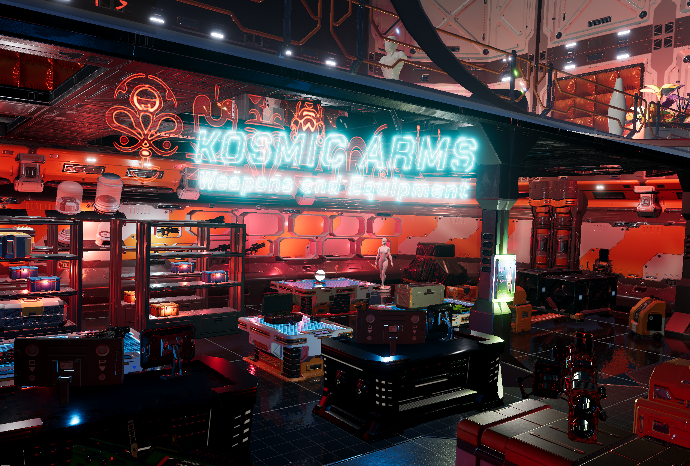Although I was very addicted to RPGs and 3D games, I always felt that it was not suitable for a solo developer to make such a big game until I met Adam, and his game story attracted me from the beginning. Almost without hesitation, I accepted the invitation to join his development program.
Originally from Australia, Adam and I have a similar experience, having done well in the workplace, but eventually chose to become an indie game developer on their own. Our similar experiences allowed us to quickly reach agreement on many issues and quickly put our energy into real game production.
Given the amount of material and basic plugins (you wouldn't believe it, Adam had hundreds of plugins in the mix, and I really admired his determination), we quickly built a scene or two for the story script and started discussing more details. Of course, none of this is in the video below (for now), but you can still enjoy the powerful background of the story and the high level of the team's new Artist.
here is our dev diary : Dev Diary of Dark Flow
here is story : https://darkflow.au/
After six months of development and preparation, as of October, we have done a significant amount of groundwork for the game's story, characters, scenes, weapons, levels, and sound effects. During this process, as the only program developer, my primary focus has been on character-related development work. In order to allow the main character, Mia, and the important supporting character, Styxx, to act as they do in the story, I integrated and customized many first-person and third-person character controllers, including Opsive's Ultimate Character Controller, Ultimate Inventory System, as well as Invector's Third-Party Character Controller, Invector FSM AI, and even Blaze AI. I attempted to seamlessly integrate them with the Dialog System, Sensor Toolkit, and A* Pathfinding.
This enables players and key NPCs to carry weapons, roam and fly freely in the map, engage in freeform conversations, respond to various events and messages, and further integrate Behavior Designer to allow NPCs to make their own actions in different situations. I rewrote all BD(Behaviour Designer) Actions so that NPCs can utilize the features of Invector Controller or Invector FSM AI for their actions. Additionally, I used Civil AI integration to populate the city with residents and have them act according to their respective professions.
Below are some demonstrations of the integrated features during the development process.
Behavior test : observe and react
Behaviour Designer+Invector+Astar integration 10 tactical + 1 jump
Jetpack with weapon
Update (2023.11.26)
In the past month, our game project has made significant progress. Base on months of in-depth accumulation in AI, now all characters, whether Enemies, Styxx, or Players, incorporate various levels of AI functionality. Styxx, in particular, has capabilities that exceed the average game companion. She can not only follow the protagonist Mia but also act on commands. Styxx is capable of detecting dangers autonomously, picking up weapons to fight, and even controlling drones or enemy turrets captured for combat assistance. Currently, I am further enhancing her abilities to support more complex behaviors.
Additionally, I helped Adam in implementing a world-coordinate-based system for displaying health and stamina bars, moving away from the traditional screen UI interaction. Our goal is to offer players a different gaming experience. This month, we have also completed a lot of foundational work on scene construction, essentially finalizing Neon City and most of the scenes that will appear in the first version.
The game integrates many components, including Behaviour Designer, Invector Third Party Controller, Drones, Sensor Toolkit, among others. I have been familiarizing myself with and understanding these components through reading documentation and source code, integrating them into characters to make their actions more intelligent.
Update (2023.12.28)
After some exploratory testing, Adam suggested that we abandon Unity in favor of UE, a proposal that was very challenging but ultimately accepted due to UE's ability to create realistic character representations. After switching to UE, everything progressed much faster than before, benefiting from our high standards in character expressions, animations, appearances, and UE's powerful processing capabilities. Additionally, BluePrint is more suited for designer participation, and I was able to break away from scripting languages and the integration of complex logic in the event system, returning to my most familiar domain of C++. In just over a week, Adam was eager for everyone to see the display of character facial expressions.
UE is clearly more suitable for creating high-definition, high-quality 3D games. Having used C++ for nearly 20 years, I am significantly more familiar with it than C#. Over the past few weeks, Adam and I have been learning Blueprint and UE tools while rapidly applying plugins to our story. Soon, Neon City looked just as we had envisioned. I also quickly set up the weapon system, making progress more than 10 times faster compared to when we were using Unity.



